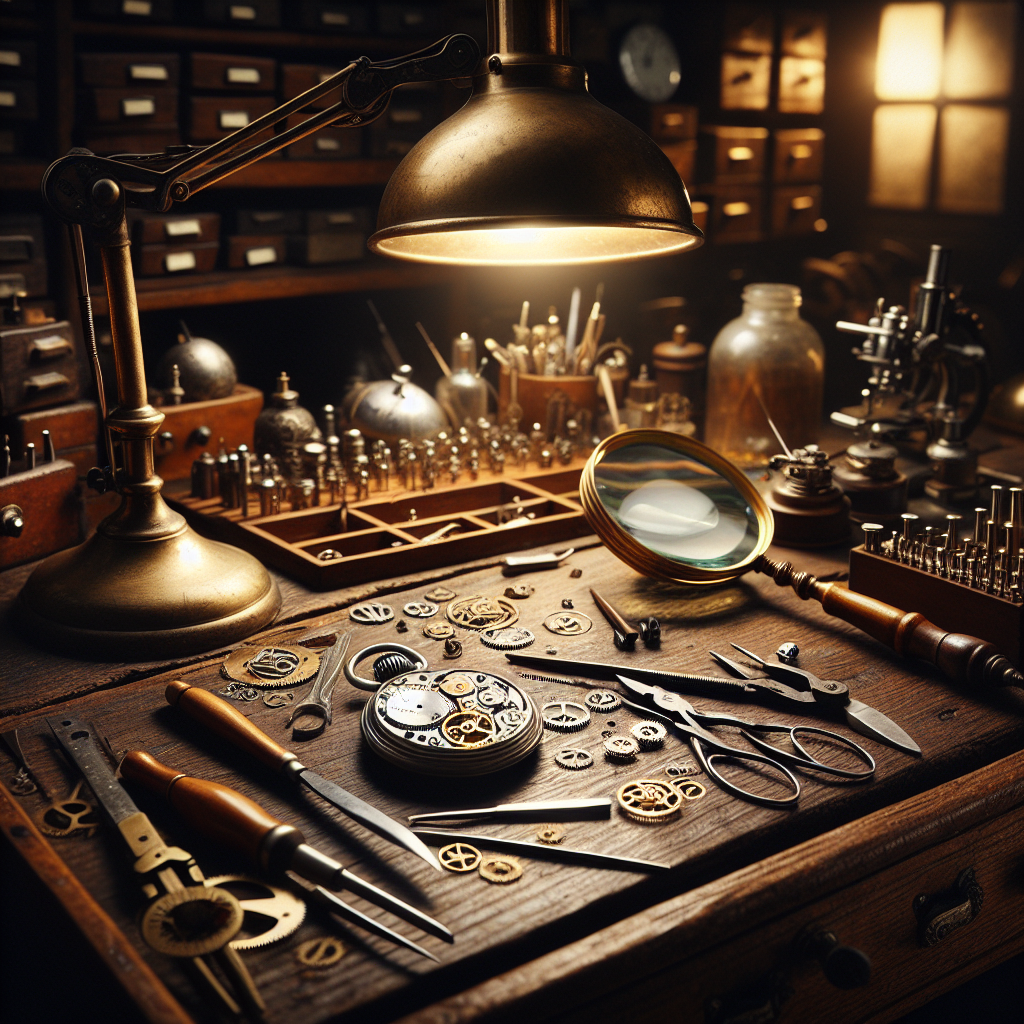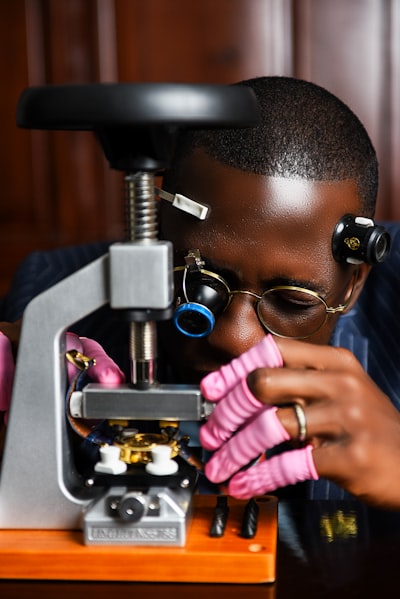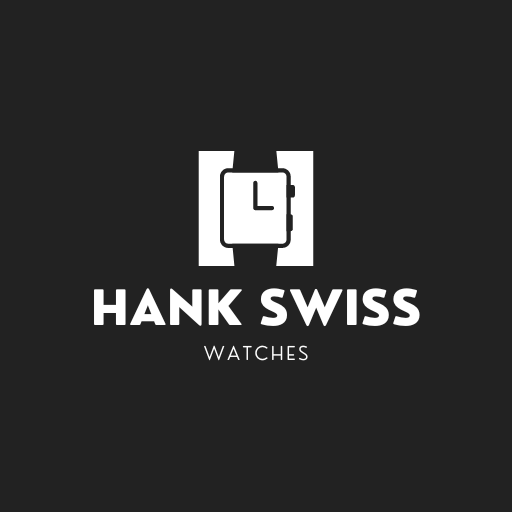Beginner’s Guide: Start Your Journey to Become a Watchmaker

Key Highlights
- Discover the art of watchmaking: This comprehensive guide provides a step-by-step roadmap for individuals interested in pursuing a career in the intricate world of horology.
- From novice to expert: Whether you’re fascinated by mechanical movements or aspire to craft exquisite timepieces, this guide will provide essential insights and resources to help you embark on your journey.
- Explore the rich history and evolving landscape of watchmaking, from traditional craftsmanship to modern technologies.
- Gain practical advice and learn about the tools, education, and experience needed to succeed in the watchmaking industry.
- Uncover the different career paths available, whether you choose to specialize in repairs, restorations, or design.
Introduction

In a world filled with digital clocks and smart devices, beautifully made mechanical watches still attract fans. The detailed designs and classic style of these watches are far from old-fashioned. They show a special mix of art, accuracy, and skill. This guide will help you as you dive into the exciting field of watchmaking. Whether you want to start a service center, make your own Polaris, or just learn about how timekeeping works, this journey starts with one small step.
Understanding the Craft of Watchmaking

Watchmaking is the careful craft of creating, building, and fixing watches. It requires good knowledge of how things work, a close eye for details, and a love for precision. Every small part, from tiny gears to springs, matters a lot in making sure that timekeeping is accurate and dependable.
Besides the technical side, watchmaking is also an art. Watchmakers often take years to perfect their skills. They learn traditional methods from those who came before them. Making a fine watch shows human cleverness and the ongoing quest for greatness.
The Role of a Watchmaker in Today’s World

In a world that uses many digital devices, like the Apple Watch, you might wonder if traditional watchmakers still matter. Although apps and smart features are easy to use, they often don’t have the charm and skill found in a well-made mechanical watch. People’s growing interest in luxury watches, especially brands like Jaeger-LeCoultre, shows that we still admire this kind of handmade art.
Today’s watchmakers play an important role in keeping this old tradition alive. They fix and restore vintage watches, making sure they last for future generations. These experts know how to work with delicate parts, find rare pieces, and revive old treasures.
Also, more people are wanting high-end mechanical watches. Collectors and fans appreciate the beauty and uniqueness they offer. This ongoing interest helps keep the art of watchmaking alive, with skilled craftsmen still finding new ways to innovate in horology.
A Brief History of Watchmaking
The history of making watches goes back many years. Early timekeeping tools appeared in Europe during the 15th century. These first clocks used springs and slowly changed over time. In the 17th century, Christiaan Huygens invented the balance spring. This invention was a big step forward and greatly improved how accurate clocks became.
John Harrison, an English clockmaker, took timekeeping even further. His marine chronometers changed how people navigated at sea. Harrison’s work helped to solve the tricky problem of finding longitude, making him important in watchmaking history.
In the 18th century, Switzerland became famous for its high-quality watches. Swiss watchmakers focused on precision, skill, and new ideas. Because of this, they built a strong reputation that still lasts today.
Essential Tools and Resources for Beginners
Hank Swiss Leaks
Starting your watchmaking journey means you need to get the right tools and learn from trusted sources. Having a good workbench and knowing the basic rules of watchmaking is key for anyone wanting to become a watchmaker.
This section will look at the essential tools and resources that can help you as you begin your watchmaking journey. You will find information on basic hand tools and helpful books. Getting the right resources is important for your success.
Basic Toolkit for Aspiring Watchmakers
Before you start a watchmaking school or get an apprenticeship, having a basic toolkit is important. It helps you get to know the main tools needed for the job. Many professional watchmaking tools can cost a lot, but there are also some good choices for beginners.
A basic toolkit usually has:
- Screwdrivers: A set of quality screwdrivers of different sizes is key for dealing with the small screws in watch movements.
- Tweezers: Fine-tipped tweezers are important for handling delicate parts and springs.
- Hand Remover: This tool helps you safely take off and put on watch hands.
- Case Opener: A tool made for opening different types of watch cases.
- Loupe: A special magnifying glass for watchmaking, allowing you to closely check tiny parts.
Getting familiar with these tools gives you a strong start in understanding how watches work. As you improve, you can slowly add more specific tools to your kit.
Recommended Reading and Online Resources

Supplementing practical experience with theoretical knowledge is crucial for any aspiring watchmaker. Several books and online resources provide comprehensive insights into horology, from fundamental principles to advanced techniques.
Recommended Reading:
| Title | Author | Description |
| The Watch Repairer’s Manual | Henry B. Fried | A comprehensive guide covering a wide range of watch repair topics. |
| Practical Watchmaking | Donald De Carle | A classic textbook providing detailed information on watch movements and repair techniques. |
| Watchmaking | George Daniels | An authoritative work exploring the art and science of watchmaking by a renowned master. |
Online Resources:
- The American Watchmakers-Clockmakers Institute (AWCI): Offers membership, certifications, and educational resources for watchmakers in the USA.
- The British Horological Institute (BHI): Provides a range of courses and resources for aspiring and professional watchmakers.
- Instagram: Follow watchmakers and horological accounts for inspiration, behind-the-scenes glimpses, and insights into the craft.
Step-by-Step Guide to Becoming a Watchmaker
Now that we’ve talked about the important tools and resources, let’s go over the steps to start a career in watchmaking. Becoming a skilled watchmaker takes hard work and commitment. However, the benefits of learning this fine craft are huge.
The next part will give you a clear list of the main steps to becoming a professional watchmaker. You will learn from basic knowledge to focusing on a specialty and getting certified.
Step 1: Gaining Basic Knowledge
The first step in watchmaking is to understand the basics. You can learn through self-study, online courses, or beginner workshops. Start by looking at how a watch is put together. Learn about the main parts and get to know different types of movements.
There are many online resources to help you. You can find video tutorials, articles, and diagrams that explain watchmaking in simple terms. You might also think about buying a disassembled watch movement or a practice kit. This way, you can get hands-on experience as you learn.
Joining a local horological club can help too. You can meet skilled watchmakers, get mentorship, and learn more about this craft. Being part of the watchmaking community can greatly improve your knowledge and provide support.
Step 2: Formal Education vs. Apprenticeship
Once you have a good understanding of the basics of watchmaking, you might think about getting formal education or an apprenticeship. Watchmaking schools provide complete programs. These cover many topics in horology, including theory, history, and repair skills.
Apprenticeships give you training while working, guided by an experienced watchmaker. This hands-on method helps you learn by doing. Apprenticeships can be hard to get, but they often lead directly into the watchmaking field.
Both choices are good, depending on how you learn, your career goals, and what chances you have near you. Some people who want to be watchmakers combine formal education with an apprenticeship. This way, they build a strong set of skills.
Step 3: Acquiring Hands-on Experience
Practical experience is very important in watchmaking. Look for chances to use your knowledge and improve your skills in real-life situations. Working at a watch repair shop, even in a helper role, helps you learn how a service center operates.
You can also volunteer or intern at a watch museum or restoration place. This lets you work with old timepieces and watch skilled professionals. Get involved with watch collectors, join online forums, and go to watch fairs to learn more about the industry.
Being good at communication, customer service, and sales services will boost your chances of getting hired. It will also prepare you for the business part of watchmaking.
Step 4: Specialization and Certification
As you move forward, think about focusing on one part of watchmaking. This could mean zeroing in on a certain brand, type of movement, or area of repair and restoration. When you specialize, you can gain expertise and help a specific market in the industry.
Getting professional certifications from well-known groups like the AWCI or WOSTEP (Watchmakers of Switzerland Training and Educational Program) can boost your reputation. It shows that you are dedicated to your craft. Certification can include tough exams that check your knowledge and skills.
Ongoing learning is key in the changing world of horology. Keep up with new technologies, techniques, and industry trends. Attend workshops, conferences, and training programs to stay informed.
Conclusion
Becoming a watchmaker is an exciting journey. It takes hard work and a love for the craft. You need to know the history of watchmaking and have the right tools. Getting hands-on experience is also important. You can learn through formal education or an apprenticeship; both have their own benefits. It can help if you focus on a specific area and get certifications to boost your skills. Remember that patience and a desire to keep learning are important to become a good watchmaker. Enjoy the details of this timeless art and let your passion guide you to a successful career in watchmaking.
FAQ
What Qualifications Do I Need to Become a Watchmaker?
Becoming a watchmaker usually needs a mix of education, training, and hands-on experience. You can choose to get formal training or go through an apprenticeship. It’s also important to have skills in precision and pay attention to details.
How Long Does It Take to Become a Watchmaker?
The time it takes can differ, but usually, it requires 2 to 4 years of focused education or apprenticeship to learn the basic skills. Gaining expertise and focus in a specific area needs many years of experience and ongoing training.
https://www.instagram.com/getwatchmaker
https://d-nb.info/gnd/4186680-0
https://commons.wikimedia.org/wiki/Category:Watchmakers
https://mewe.com/group/5bc96a12a40f3010c2488396

Leave a Reply